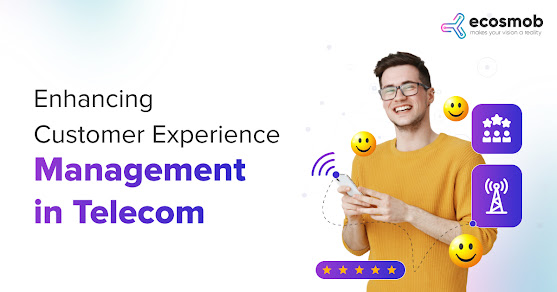Understanding Real-Time Communication
Real-time communication refers to any form of information exchange that occurs instantaneously, without apparent interruptions. It enables users to communicate in real time without noticeable latency. Unlike traditional communication methods, such as letters or emails, messages are delivered with varying time lags. Real-time communications facilitate seamless conversations and the exchange of multimedia content, bridging the gap between individuals without time lags.
The Rise of Web Real-Time Communication
WebRTC has emerged as a revolutionary technology that empowers real-time communication directly within web browsers without needing external plugins or software. Developed and standardized by the Internet Engineering Task Force (IETF), and the World Wide Web Consortium, WebRTC allows voice, video, and data sharing between web browsers, making it an ideal choice for applications like video conferencing, online gaming, and remote customer support.
Key Components of WebRTC
- MediaStream API: This API enables access to multimedia streams from devices such as webcams and microphones, facilitating real-time audio and video communication.
- RTCPeerConnection API: Establishes secure peer-to-peer connections between browsers, allowing direct data transfer without passing through a central server. This ensures low latency and faster communication.
- RTCDataChannel API: Allows the exchange of arbitrary data, enabling real-time collaboration in applications like file sharing and collaborative document editing.
WebRTC's open-source nature and compatibility with major browsers have fostered widespread adoption, enabling developers to create feature-rich real-time communications applications that run seamlessly across devices.
Importance of Real-Time Communications
Enhanced Collaboration: Real-time communications foster seamless collaboration among remote teams, breaking down barriers and improving productivity. WebRTC-powered video conferencing, for instance, enables face-to-face interactions, leading to a more profound sense of connection and understanding.
Efficient Customer Support: Businesses leverage real-time communications for prompt, personalized customer support. VoIP-based solutions enable companies to set up dedicated support lines and efficiently handle customer inquiries, ultimately improving customer satisfaction.
Interactive Web Applications: WebRTC has created a new generation of interactive web applications, including real-time gaming, video streaming, and virtual classrooms. These applications enhance user engagement and drive user retention.
Cost-Effectiveness: By leveraging VoIP and WebRTC solutions, businesses can significantly reduce communication costs, especially for international calls and long-distance collaboration. This makes real-time communications an attractive option for startups and small businesses.
Telemedicine Advancements: Real-time communications have revolutionized the healthcare industry, enabling remote patient consultations through telemedicine, medical diagnosis, and monitoring. This has proven to be especially crucial in emergencies and for patients in remote areas.
Final Words!
Real-time communications, powered by WebRTC and VoIP solutions, have become integral to our personal and professional lives. Its ability to facilitate instant, seamless, and cost-effective communication has transformed how we interact and conduct business in the digital era. From enhancing collaboration to revolutionizing customer support and enabling innovative web applications, the importance of real-time communications cannot be overstated. As technology advances, we expect RTC to play an increasingly critical role in shaping the future of communication and connectivity. Contacting reliable and trusted Ecosmob Technologies is recommended to explore real-time communications. With their expertise and experience in this domain, they can provide valuable insights and guidance.






